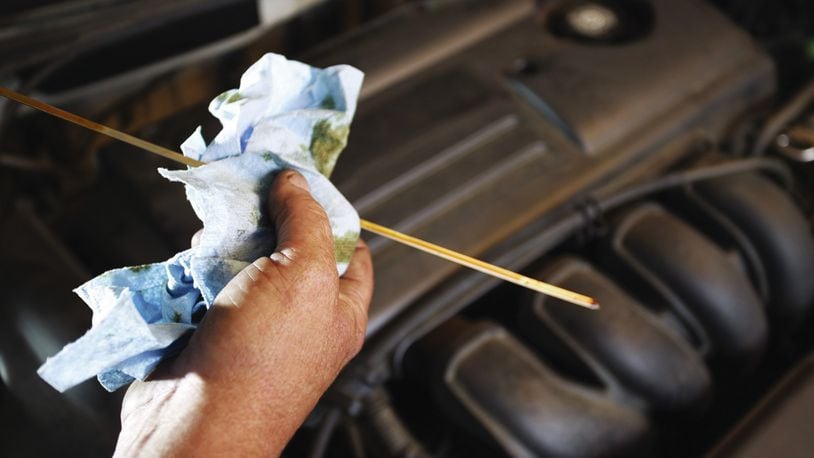Motor oil lubricates the engine and keeps it in good working order. Old oil becomes more viscous and can lose its efficacy. While changing motor oil is important, motorists should follow the owner’s manual or the factory maintenance schedule regarding how often it needs to be changed, as all vehicles are not alike. The old myth that cars and trucks need oil changes at set intervals has changed as digital check capabilities have evolved. Car computers can now keep track of more than just mileage. Computers now track starts and stops and trip durations to determine when cars need oil changes.
Coolant levels
Coolant helps prevent vehicles from overheating and also prevents the water that it mixes with in the radiator from freezing or boiling. Coolant is nearly as important as motor oil in vehicle maintenance. Coolant is typically comprised of a 50/50 mix of distilled water and antifreeze. These two substances work together to maintain a proper ratio of heat energy and prevent eventual breakdown and destruction of the engine. Coolant is usually changed once per year or at 30,000 miles. This keeps the coolant working properly and will help prevent corrosion and deposits from forming inside the cooling system. Coolant levels might be checked during a full-service oil change appointment.
Check battery contacts
Many modern car batteries do not require a lot of maintenance. However, one problem that may occur is a buildup of minerals or corrosion from leaking battery fluid on the contacts. In such instances, use a battery cleaning brush to clean the contacts and then replace the cables.
Tire maintenance
Properly inflated, balanced and rotated tires make for a smooth, safe ride. Check that tires are wearing evenly and that the vehicle is not pulling to one side. A lack of tread on tires requires they be replaced. Because tires can be expensive, many drivers put off routine tire maintenance. But this can be a costly mistake. Tires that are worn or not properly inflated can cause skidding, problems braking and accidents. Blowouts also may occur, putting drivers, their passengers and fellow motorists in danger. It’s best to be proactive with regard to tire maintenance.
Maintaining a vehicle in adherence to manufacturer guidelines can prolong the life of the car, improve its safety and increase its trade-in or resale value.
About the Author
